Material Science and Engineering
Windows to a sustainable future
For researchers seeking entrepreneurial opportunities, KAUST can provide the perfect springboard.
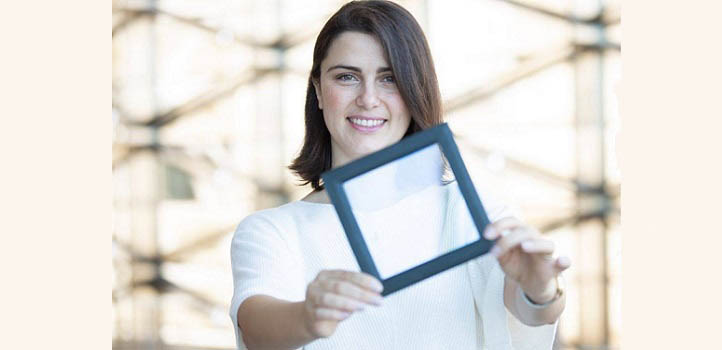
Assistant Professor Derya Baran at the KAUST Solar Center is working on smart solar windows that can turn some incoming sunlight into electricity.
© 2018 KAUST
Derya Baran’s first research project, as an undergraduate at the Middle East Technical University in Turkey, involved creating an energy-saving electrochromic window. The window glass would darken when a voltage was applied, lowering a building’s cooling energy demands on hot days.
Ten years later, now an assistant professor at King Abdullah University of Science and Technology (KAUST) in Saudi Arabia, Baran is again working on smart windows, though the technology is greatly advanced. Rather than windows that consume electricity, she is pioneering windows that generate it. Baran and her colleagues have created solar windows that turn some of the incoming sunlight into electricity.
“I have always worked in energy-related fields, but now in my research group we focus on novel energy-harvesting devices, developing these technologies for the real world,” Baran says. In 2018 she received a major boost toward that goal. A start-up company called iyris Baran cofounded to commercialize solar-window technology won a $100,000 prize to help fund the company’s first steps.
Career goes full circle
With her return to smart windows, Baran’s career has taken her full circle. But she has traveled far—in research and geography—in that journey.
“Initially I was working in the chemistry of energy-related materials. Then I wondered how these materials really worked, so I got into the physics,” she says. From there, for her Ph.D., Baran moved into materials science research, and left her native Turkey for the Friedrich-Alexander University in Germany.
From materials development, Baran’s interest evolved into bringing novel materials into the real world. Following her Ph.D., Baran remained in Germany as a research fellow, but spent a secondment at Imperial College London, where she learned about KAUST. The Imperial-KAUST partnership dates back to 2008 when KAUST was still a vision and collaborations between the two institutions are ongoing.
“I became aware of KAUST from connections at Imperial,” Baran says. “I was impressed by the facilities at KAUST and their support for startups and plans for a technology park. “This combination gave me confidence that my research ambitions would find support at KAUST.”

“Looking into the future, I see a city filled with buildings designed for the sustainable-energy demands of the 21st century. Skyscrapers with smart solar windows will become power stations.”
© 2018 KAUST
Solar panels on skyscrapers
Integrating solar panels into the windows of a building has aesthetic advantages compared to conventional solar panels added to the roof. In addition, for many buildings, roof-mounted silicon solar panels aren’t feasible. “Think about a greenhouse, where you really care about light, but also energy and cooling,” Baran says. The other type of building she has in mind, also covered with glass, is skyscrapers. “Skyscrapers have very limited roof space, so putting on a handful of rooftop panels doesn’t make sense,” she says. Instead, skyscrapers could be completely wrapped in light-harvesting solar glass.
Because they are opaque, conventional silicon solar-panel materials cannot be used for solar windows. “What we found are different, unique materials and that’s why we can make them transparent and apply them to anywhere that visibility is needed,” Baran says. The solar windows she is developing are based on light-harvesting organic molecules, which could be printed onto glass like an ink. These formulations have typically incorporated fullerene buckyballs, but Baran and her colleagues recently developed fullerene-free versions with improved light-capturing ability and stability.
Startup funding
These new formulations sparked Baran’s startup idea. An organic photovoltaic formulation that captures infrared light—blocking heat from entering the building but allowing visible light to pass through—is the basis of iyris, the solar window startup company she cofounded. The team (Nicola Gasparini, Joel Troughton, Daniel Bryant) participated in a Saudi Arabian university startup accelerator called TAQADAM in mid-2018.
After completing the six-month program, iyris was one of six finalists awarded $100,000 follow-on funding. “With the TAQADAM prize we want to make a bigger prototype that we can show to investors,” Baran says. iyris is now in talks with several window manufacturers about coating the light-harvesting layer onto their glass, which can be installed into electrically connected double glazed window units.
Baran plans to contribute to the sustainability of the planet with more than just new technologies. “I would like to be a role model,” she says. “Being a female faculty member in Saudi Arabia, working on one of the grand challenges of the world and KAUST’s vision of energy, makes me well placed to reach broad audiences to really change women’s outlook for the future.”
References
-
Baran D., Gasparini, N., Wadsworth, A., Tan, C. H., Wehbe, N., Song, X., Hamid, Z., Neophytou, M., Kirchartz, T., Brabec, C.J., Durrant, J. & McCulloch, I. Robust nonfullerene solar cells approaching unity external quantum efficiency enabled by suppression of geminate recombination. Nature Communications 9, 2059 (2018).| article
You might also like
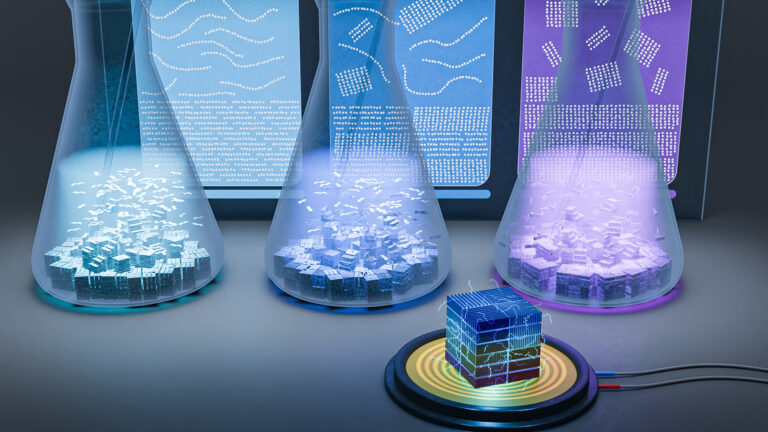
Material Science and Engineering
Solvent selection tool boosts thermoelectric devices
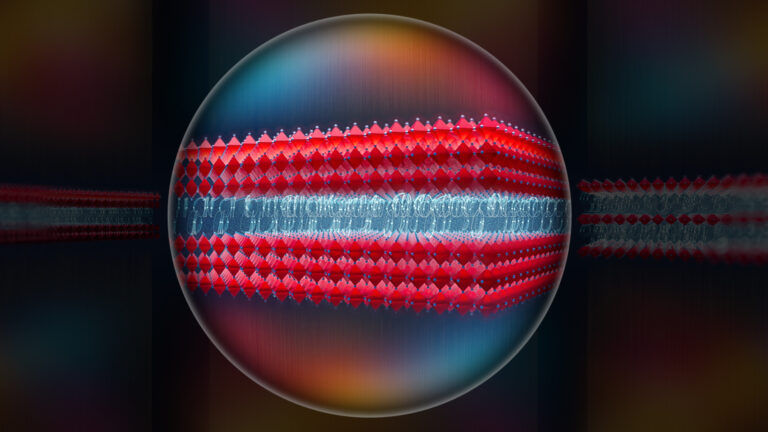
Material Science and Engineering
Electron movie guides design of layered perovskite materials
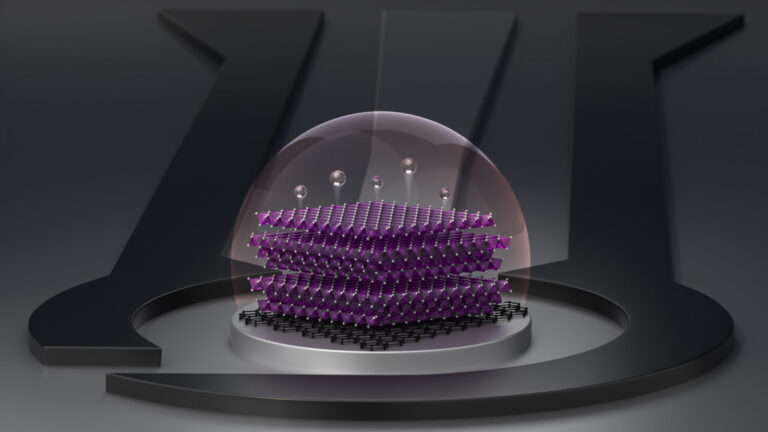
Material Science and Engineering
Remote region sensor for essential vitamin deficiency
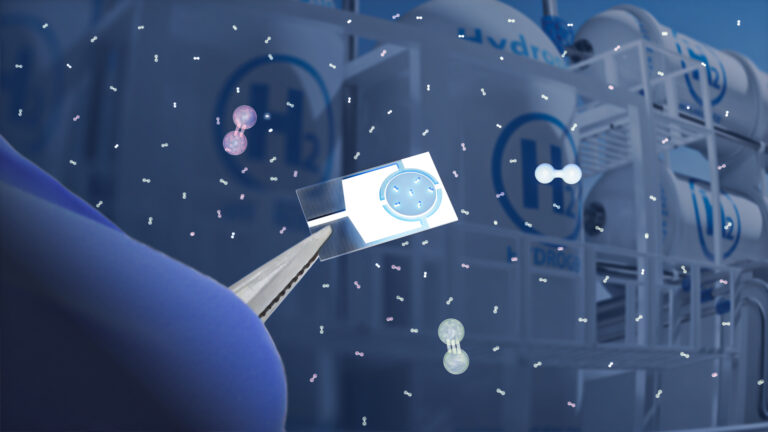
Material Science and Engineering
Low-power hydrogen sensor detects leaks in an instant

Material Science and Engineering
Illuminating pathways to long-lived organic solar cells

Chemistry
Beating the dark current for safer X-ray imaging

Chemical Engineering
Net benefits for advanced materials design
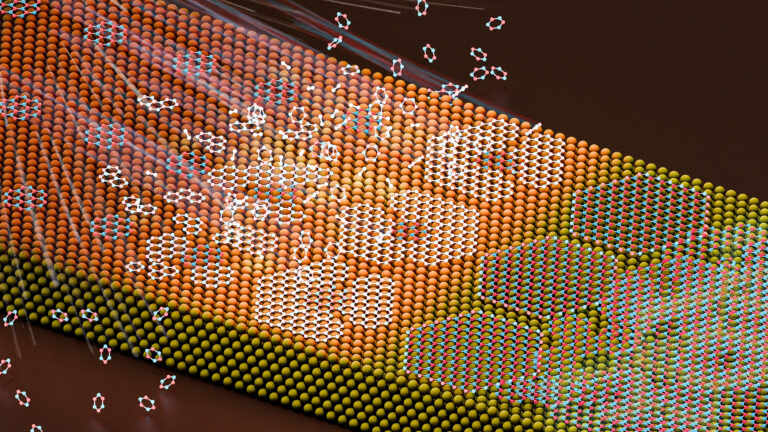
Material Science and Engineering




